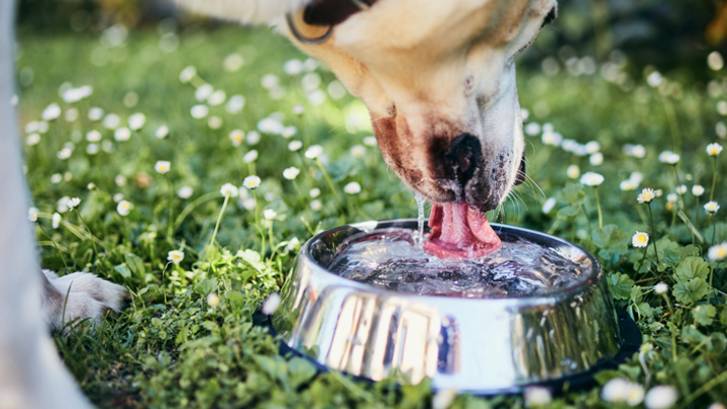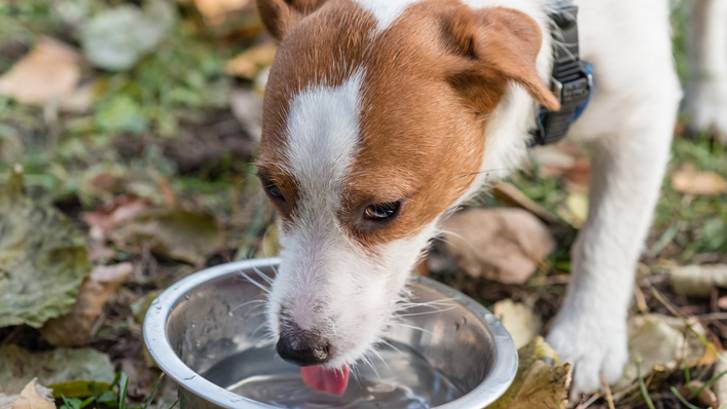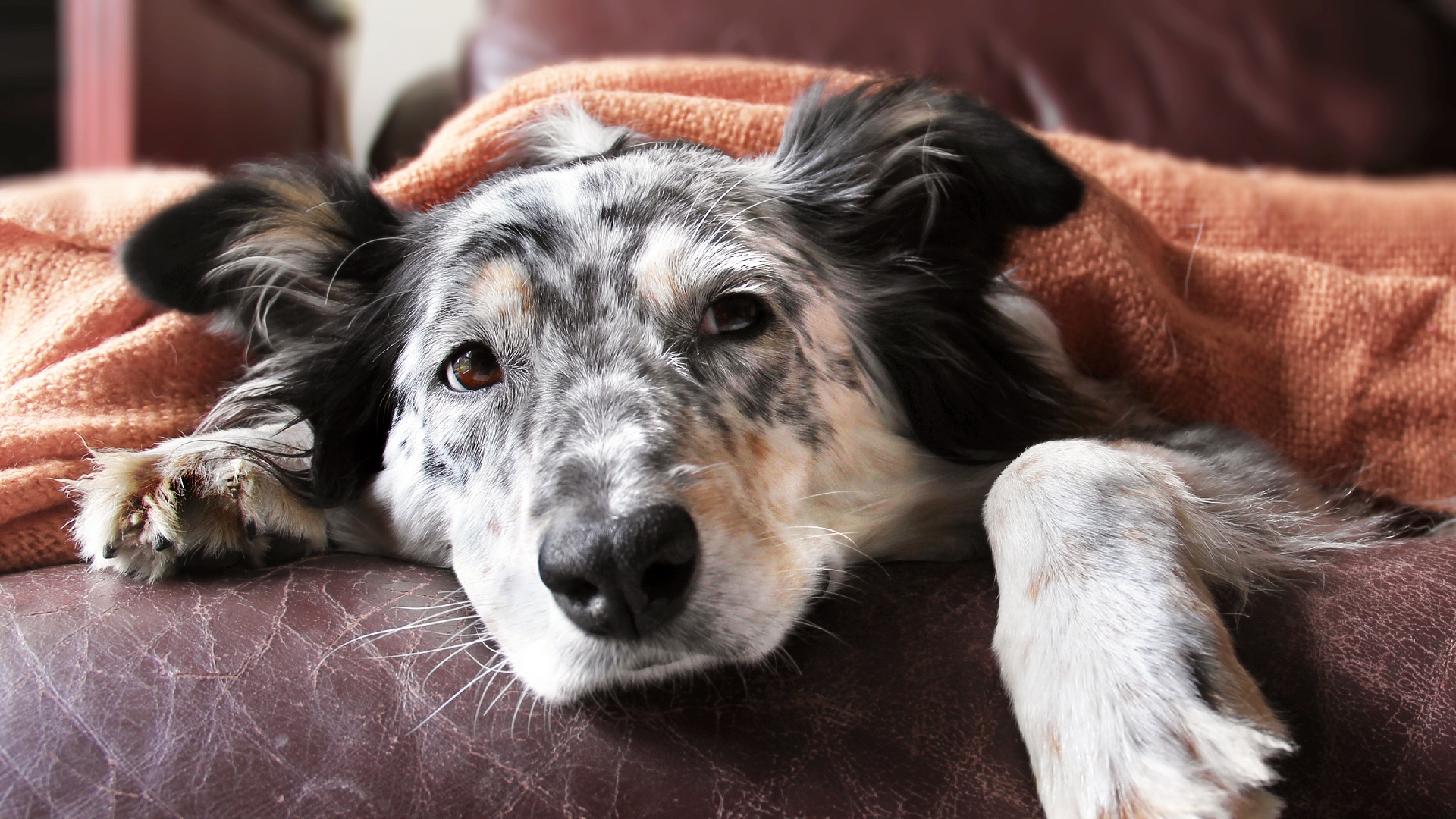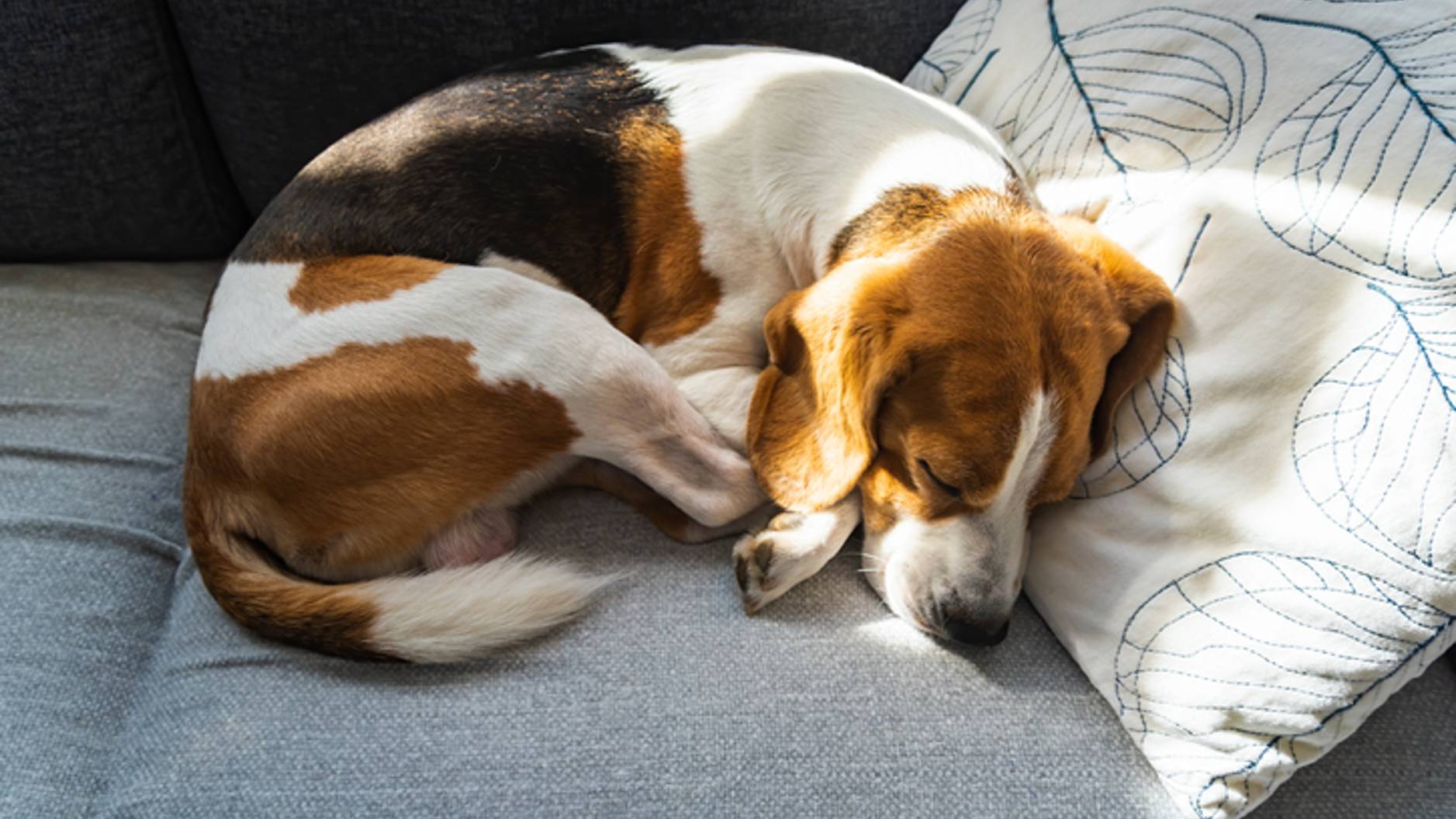
Is your dog drinking a lot of water? If so, it’s understandable that you’re feeling concerned. While changes in behavior can signal an underlying health problem, it’s important to note that there are many things that could be behind your dog’s newfound excessive thirst.
Hot weather is one instance where you’d expect to see your pup drinking more than they normally would. You’ll also find that the best dry dog food will lead your canine companion to their water bowl a lot more often than wet food does as it contains less moisture.
However, it’s worth noting that there are also several common illnesses dogs get that can lead to an increase in thirst. Things like kidney disease and diabetes can both cause our dog’s to become thirstier than they normally would be, so if you notice your pup drinking a lot of water, we recommend making an appointment to see your vet.
In order to help you get to the bottom of why your fur friend is guzzling water, we turned to expert vet Dr. Hannah Godfrey. Below, she explains how much water your dog should be drinking each day, the most common reasons for excessive thirst and when you need to be worried. Let’s take a look…
How much water should a dog drink a day?
Every dog is different, and the amount of water they drink will also depend on the temperature where they live and whether they're fed wet or dry food. However, the upper threshold of how much a dog should drink in a day is 100ml per kilogram of bodyweight.
So, if your dog weighs 10kg, they shouldn’t drink more than 1,000ml (1L) of water in a 24-hour period. If your dog drinks more than this in a day, it could be an indication of a medical condition.

Why is my dog drinking a lot of water?
There are a lot of potential reasons for your dog is drinking a lot of water. We've broken down the top nine most common reasons below:
1. Hot weather or exercise
If it's especially hot outside or your dog has recently exercised, you're more likely to notice them lapping up an increased amount of water.
2. Fever or infection
If your furry friend is fighting an infection and has a high temperature, they might drink more to try to cool off.

3. Vomiting
Vomiting causes fluid loss, which can make your dog dehydrated. They might drink more to try to rehydrate. However, filling their stomach with water might cause them to vomit even more, so fluid should be offered regularly in small amounts.
4. Diarrhea
Like vomiting, diarrhea in dogs also causes fluid loss and can lead to dehydration. You might notice your dog drinking more if they have diarrhea, but they should return to normal once the diarrhea has resolved.

5. Diabetes mellitus
Diabetes mellitus can cause your dog to be more thirsty and to pee more often. You might also notice them losing weight despite being hungry, and they might develop cataracts in their eyes. If diabetes isn't treated, it can lead to ketoacidosis, which causes vomiting, dehydration, and shock.
6. Pyometra
If your female dog isn't neutered, they are at risk of a condition called pyometra. This is when bacteria enter the womb and cause infection. If the cervix is open, the infection can drain out, and you might see a vaginal discharge.
If the cervix is closed, the pus is trapped within the womb, causing the dog to deteriorate quickly. Both types of pyometra can sadly be fatal if not treated promptly. If your dog has a pyometra, they might also vomit, stop eating or become more lethargic.
7. Cushing’s disease
Cushing's disease is also known as hyperadrenocorticism. It occurs when the adrenal gland produces too much of the stress hormone cortisol. If your dog has Cushing's disease, they will be really thirsty and pee lots.
They might also look pot-bellied, with thin skin or hair loss. Dogs with Cushing's disease often pant a lot, even when they're not exerting themselves. If left untreated, Cushing's can lead to diabetes and problems with the heart and lungs.

8. Kidney disease
There are many common dog diseases to keep an eye out for and kidney disease is one of them. Your dog's kidneys are responsible for controlling urine output and maintaining hydration. If they aren't working as well as they should, this can cause an increase in thirst and urination. On top of these symptoms, dogs with kidney disease often lose weight, vomit, and go off their food.
9. Liver disease
Some types of liver disease can cause your dog to drink more. You might also notice them eating less, suffering from vomiting or diarrhea, and acting quiet and lethargic. Some kinds of liver disease can cause jaundice, where the skin, eyes, and gums begin to look yellow-orange.
When to visit the vet
If you think your dog is drinking too much water, it's worth measuring the amount they drink first. Do this by adding a known amount of water to their bowl and subtracting any water left in their bowl 24 hours later. If you need to top the bowl up, don’t forget to make a note of how much extra you add.
If your dog drinks more than 100ml per kilogram in a 24-hour period, then it's time to take them to a vet. However, water intake amounts less than this can be abnormal too, so trust your instincts. It's best if you can keep a diary or a mental note of any other symptoms they might have. If your dog is suddenly drinking a lot and seems unwell or is vomiting, you should seek veterinary advice immediately rather than waiting to take measurements.
Many things can cause your pooch to drink more than they normally would. Thankfully, there's a simple calculation that can let you know whether their thirst is excessive or not. However, if you think your dog is drinking a lot of water and you’re worried, it's best to book a check-up with their vet, even if the calculation says that they may be normal.
Is your pup off their food? An expert vet walks you through the things to check when your dog is not eating and shares some simple ways that you can stimulate their appetite.







